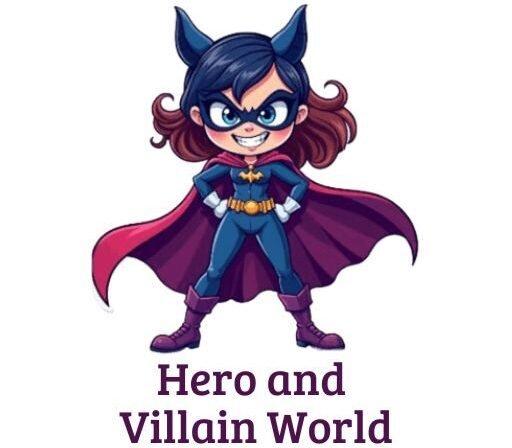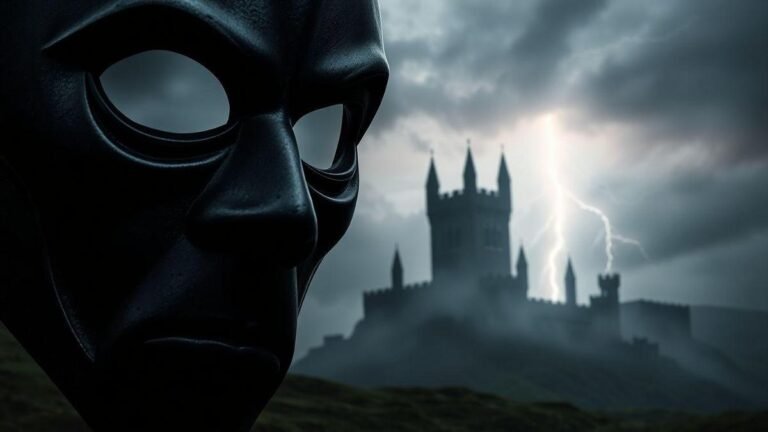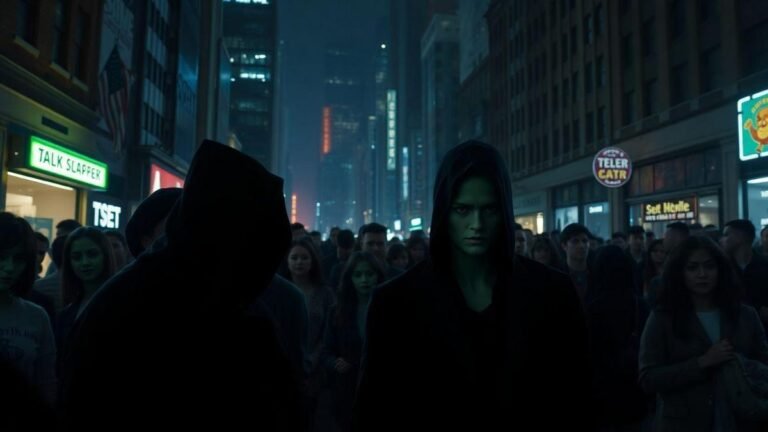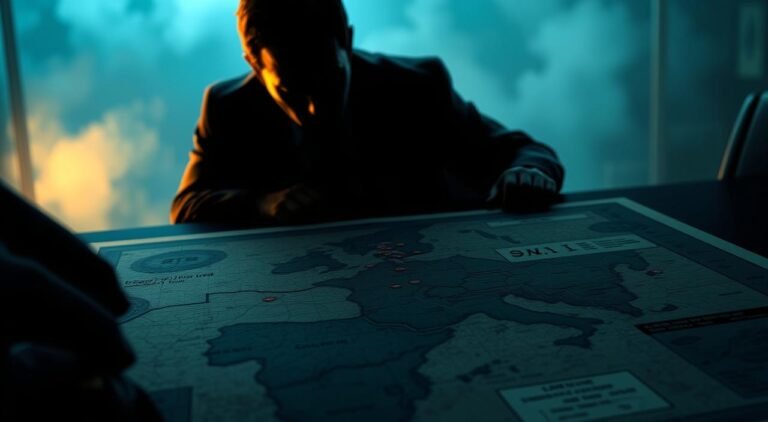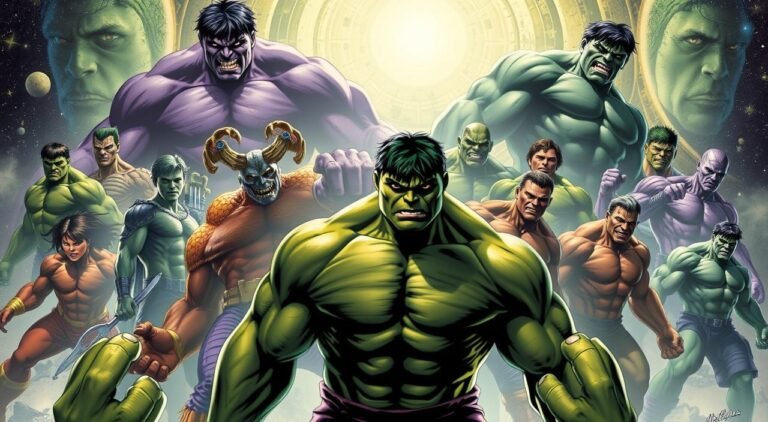Captain America: The First Avenger’s Journey
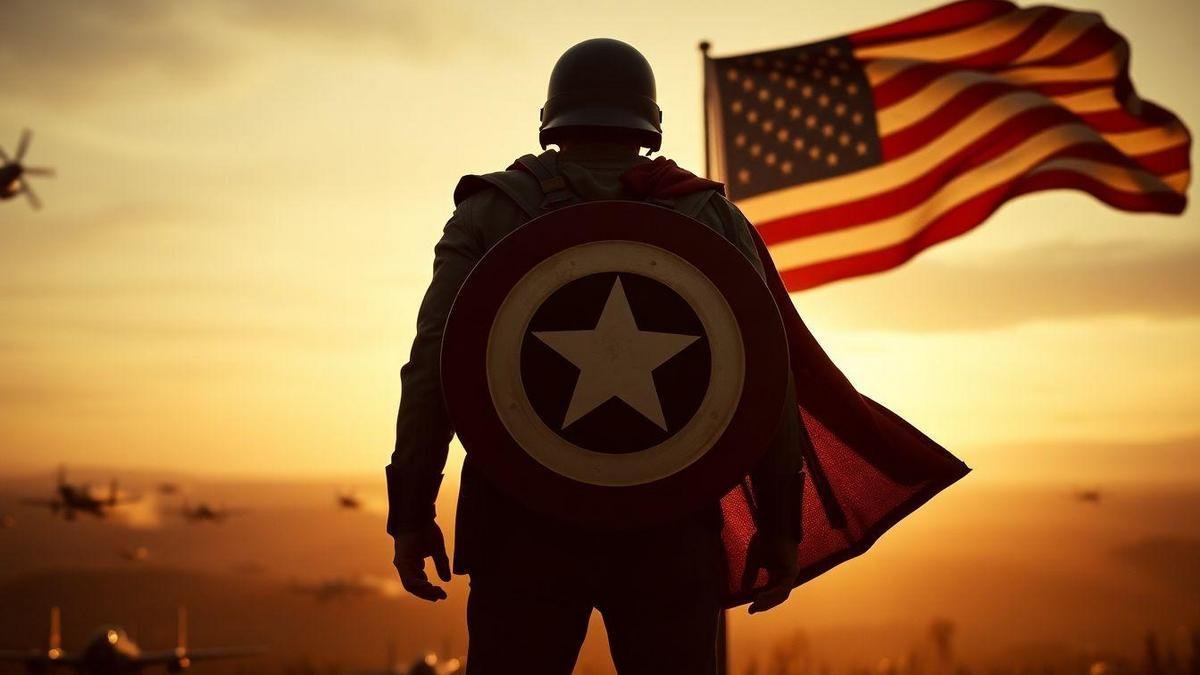
Captain America: The First Avenger’s Journey drops you into Steve Rogers’ origin and the raw transformation driven by the super soldier serum. You watch him go from a frail recruit to a World War Two hero.
The film shows the power of propaganda, recruitment, USO tours, and the shield as symbols of valor and patriotism. You feel the threat of HYDRA and the weight of your bond with Bucky Barnes as tests of moral leadership and loyalty.
Key Takeaways
- A simple person can become a hero.
- Stand up for others, no matter the risk.
- Heart and hard work build strength.
- True leadership demands sacrifice.
- Hope and values guide choices.
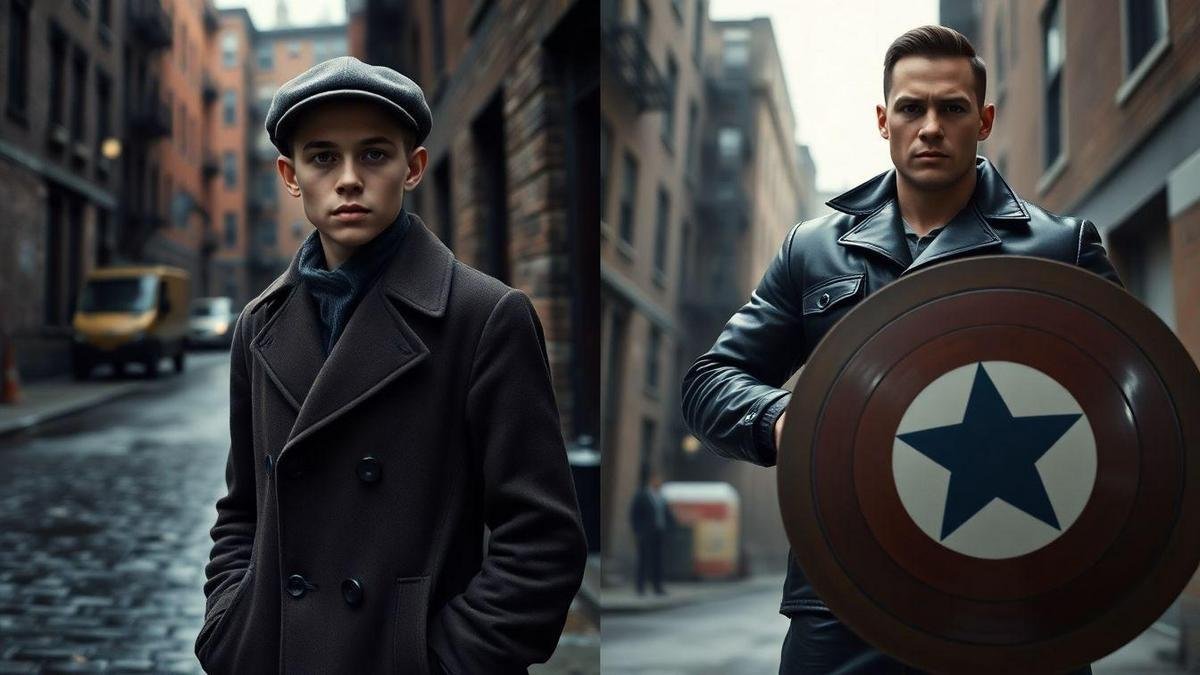
How you witness Steve Rogers’ origin and transformation arc
In Captain America: The First Avenger’s Journey you watch a small, beaten man become a symbol. The film moves in clear steps—each beat shows heart, choice, and change. You feel the shift like a spark turning into a steady flame.
The super soldier serum and the moment his body changes
You are in the lab when Dr. Abraham Erskine injects the serum. Monitors, close-ups, and silence make the moment intimate. His body goes from frail to hardened in seconds—physically stronger but morally the same man.
| Before | After |
|---|---|
| scrawny, weak, bullied | muscular, fast, confident |
| small clothes, hunched stance | tall stance, steady gaze |
| wants to help | acts to help immediately |
From frail recruit to World War II hero in plain scenes
A training montage and short missions show growth through action rather than speeches. He resists becoming a poster boy, pushes to the front lines, leads small units, frees prisoners, and takes real risks—showing that his drive is to help people, not headlines.
Key moments that show valor and patriotism
- Volunteering for the serum despite near-certain risk.
- Refusing a safe propaganda role; choosing the front lines.
- Leading raids to free prisoners and protect civilians.
- Crashing the plane to stop a deadly attack and save lives.
| Moment | Scene | What it shows |
|---|---|---|
| Volunteering | The lab and handshake with Dr. Erskine | Courage to risk self for others |
| Refusal of fame | Backstage, when offered the mascot role | Loyalty to soldiers over image |
| Raids | Small-unit missions in Europe | Leadership and quick judgment |
| Plane sacrifice | Final mission over the water | Willingness to give everything for others |
Why propaganda, recruitment, and the Captain America shield mattered to the war effort
Daily stories, posters, and broadcasts shaped public feeling. Propaganda simplified the fight, recruitment turned feeling into action, and the shield gave a face to rally behind. The film title, Captain America: The First Avenger’s Journey, ties that visual and emotional push to a clear character you can follow and root for.
How posters and shows made him feel like a World War II hero
Posters and radio shows used bold art and direct lines to make a comic hero feel like a real ally. Repeated exposure turned a page figure into an icon people trusted.
| Medium | How it reached you | What it made you feel |
|---|---|---|
| Posters | On walls, in stations | Patriotism, urgency |
| Radio shows | At home, at work | Trust, familiarity |
| Comics | In shops, on bases | Admiration, inspiration |
A bold shield on a poster meant safety; a steady voice on the radio meant order. Designers and artists relied on strong visuals and clear type—see the role of reference art and lettering in building those images in work like comic artists’ reference material and typography for readability. That mix turned fiction into public hope.
The Captain America shield as a symbol of valor and patriotism
The shield is more than metal. Its stars and stripes instantly read as protection, valor, and patriotism—linking fiction to the real hopes people carried. Costume and prop design debates show how function and style shape perception, a tension explored in discussions about costume functionality and style.
USO tours, recruitment drives, and public images that shaped his legend
USO acts, rallies, and recruitment posters wrapped the hero in public life. Costumes, banners, speeches, and songs made the hero belong to everyone and helped the legend live on.
The public-facing side of heroism—performances, interviews, and appearances—is central to how a hero remains present in people’s daily lives, a topic covered in reflections on a day in the life of a superhero.
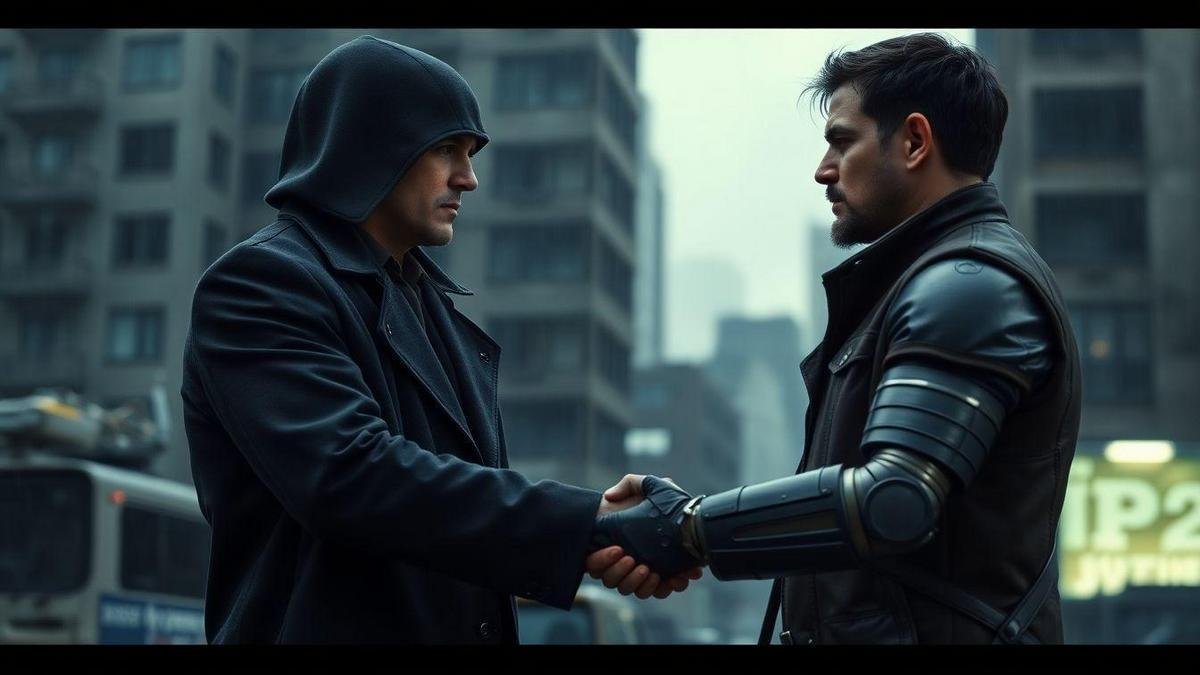
How the HYDRA antagonist and friendship with Bucky Barnes test moral leadership
HYDRA tactics and the real threat during World War II
In Captain America: The First Avenger’s Journey, HYDRA functions like a hidden rot: infiltration, secret science, and brutal squads make them a strategic and moral threat during World War II.
| Tactic | What it did |
|---|---|
| Infiltration | Placed agents inside armies and governments to weaken trust |
| Advanced science | Created strange weapons and experiments that changed fights |
| Terror and surprises | Attacked towns and troops to spread fear fast |
HYDRA forced leaders to weigh the safety of many against the life of one—that is the core moral test.
The friendship with Bucky Barnes and its role in his choices
Steve’s bond with Bucky Barnes guides almost every choice. That loyalty is his compass: it keeps him human and prevents him from becoming cruel. Choosing to save a friend before punishing an enemy shows what moral leadership looks like in battle.
Final confrontations that prove his moral leadership and loyalty
In the end, Steve faces HYDRA and an altered Bucky. Instead of killing, he reaches out—holding a hand, refusing to execute, and insisting I know you still exist. Those simple acts stop cycles of hate and win hearts, not just fights.
Conclusion
You watched a frail recruit become a symbol. Captain America: The First Avenger’s Journey condenses an origin into clear beats: the super soldier serum, the training, the field missions, and the quiet choices. The movie shows transformation in muscle and moral spine.
Heroism grows from courage, sacrifice, loyalty, and steady leadership. HYDRA’s tricks and Steve’s bond with Bucky test those values. The shield proves to be a promise of protection and patriotism.
Stories—posters, USO shows, recruitment drives—turn a comic into a living legend. The simple truth the film leaves you with: heroism grows from heart and choice, not headlines.
Want more takes like this? Read more at https://heroandvillainworld.com.
Frequently Asked Questions
A: It follows Steve Rogers from weak recruit to wartime hero—his heart, training, and battles against HYDRA.
A: You see him grow brave and kind; he becomes a leader, not just a soldier.
A: The super soldier serum, his first mission, and choosing duty over fame.
A: No. The film tells the origin clearly, so you can start here.
A: Courage, sacrifice, loyalty, and the power of stories to shape action.
